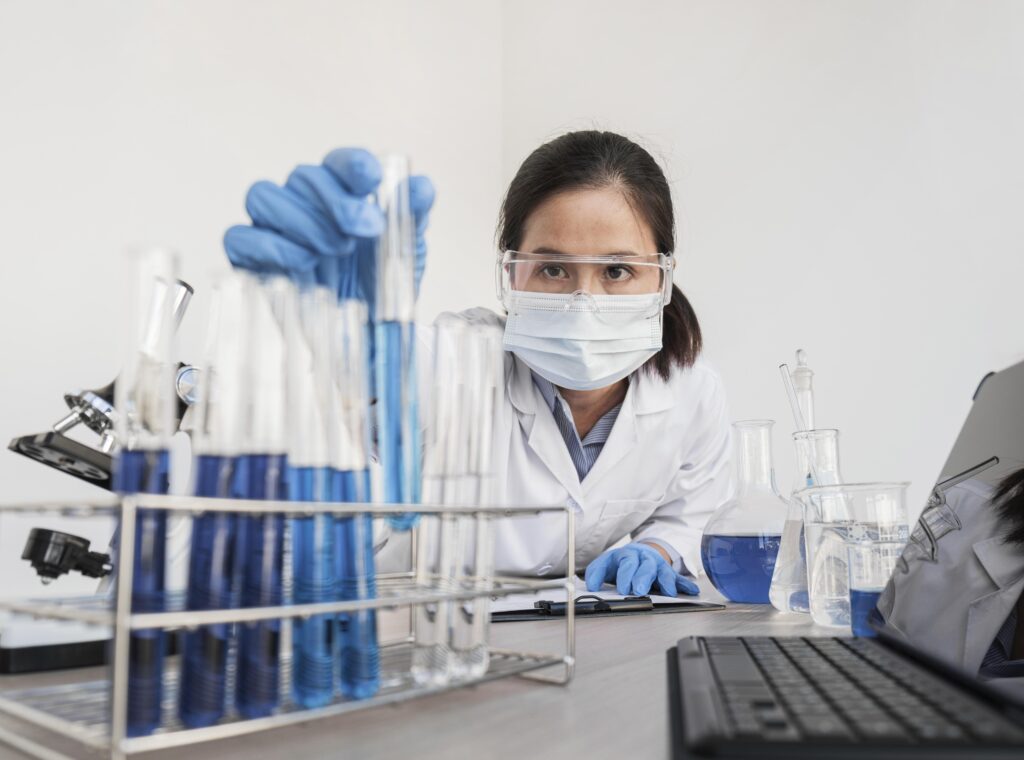Bioavailability and bioequivalence are critical concepts in the field of pharmacokinetics and play an essential role in drug development and regulatory approval. Understanding these concepts is vital for pharmaceutical companies, regulatory agencies, and healthcare professionals to ensure the safety, efficacy, and quality of medications.
Factors Affecting Bioavailability
Route of Administration: The bioavailability of a drug varies significantly depending on whether it is administered orally, intravenously, intramuscularly, or through other routes. Intravenous administration provides 100% bioavailability, as the drug directly enters the bloodstream, whereas oral administration often results in lower bioavailability due to first-pass metabolism in the liver.
Drug Formulation: The physical and chemical properties of the drug, such as solubility, particle size, and polymorphism, can influence its bioavailability. For instance, poorly water-soluble drugs may have limited absorption in the gastrointestinal tract, reducing bioavailability.
Physiological Factors: Gastric pH, gastrointestinal motility, and the presence of food can affect drug absorption and, consequently, bioavailability. For example, a high-fat meal can enhance the bioavailability of lipophilic drugs by increasing their solubility in the gastrointestinal tract.
Drug Interactions: Concurrent administration of other drugs can alter the bioavailability of a given medication. For instance, antacids can reduce the absorption of certain drugs by altering the pH of the stomach.
Measurement of Bioavailability
Bioavailability is assessed through pharmacokinetic studies, where the concentration of the drug in the plasma is measured over time after administration. The area under the plasma concentration-time curve (AUC) is the primary parameter used to quantify bioavailability. Other important metrics include the maximum plasma concentration (Cmax) and the time to reach maximum concentration (Tmax).
Bioequivalence: Regulatory Significance
Bioequivalence refers to the absence of a significant difference in the bioavailability of two pharmaceutical products containing the same active ingredient when administered at the same molar dose under similar conditions. Bioequivalence studies are typically conducted to compare a generic drug to an innovator (brand-name) drug to ensure that they are therapeutically equivalent.
Criteria for Bioequivalence
The U.S. Food and Drug Administration (FDA) and other regulatory agencies have established criteria for determining bioequivalence. Two products are considered bioequivalent if the 90% confidence intervals for the ratios of the AUC and Cmax of the test product to the reference product fall within the bioequivalence range of 80% to 125%. This range ensures that any differences in bioavailability are unlikely to result in clinically significant differences in therapeutic outcomes.
Bioequivalence Studies
Bioequivalence studies typically involve a crossover design, where healthy volunteers receive both the test and reference products in a randomized sequence, with a washout period in between. Blood samples are collected at various time points to measure the plasma concentration of the drug, and pharmacokinetic parameters are calculated.
These studies are essential for the approval of generic drugs, as they demonstrate that the generic product is interchangeable with the innovator product without compromising safety or efficacy. Bioequivalence testing is also required for certain changes in the formulation, manufacturing process, or site of production for already approved drugs.
Challenges in Bioequivalence Studies
Highly Variable Drugs: Some drugs exhibit high intra-subject variability in pharmacokinetic parameters, making it difficult to demonstrate bioequivalence. In such cases, regulatory agencies may allow wider bioequivalence margins (e.g., 75%-133%) or require larger study populations.
Narrow Therapeutic Index Drugs: Drugs with a narrow therapeutic index (NTI) require precise dosing to avoid toxicity or therapeutic failure. For these drugs, tighter bioequivalence criteria (e.g., 90%-111%) are often applied to ensure patient safety.
Complex Formulations: Certain drug formulations, such as extended-release products, pose additional challenges in bioequivalence testing due to their unique release characteristics. In these cases, additional pharmacodynamic or clinical endpoint studies may be required.
Implications for Drug Development
Understanding bioavailability and bioequivalence is crucial during the drug development process. These concepts influence decisions on drug formulation, route of administration, and dosing regimen. Additionally, they play a key role in the regulatory approval process, particularly for generic drugs.
Formulation Development: During the early stages of drug development, optimizing bioavailability is a key objective. Formulation scientists work to enhance the solubility, stability, and absorption of the drug to achieve the desired bioavailability.
Generic Drug Development: Bioequivalence studies are central to the development of generic drugs, allowing manufacturers to demonstrate that their products are equivalent to the innovator drug in terms of safety and efficacy. This ensures that patients have access to affordable, high-quality alternatives to brand-name medications.
Regulatory Compliance: Meeting bioavailability and bioequivalence requirements is essential for obtaining regulatory approval for new drugs and generics. Regulatory agencies, such as the FDA, European Medicines Agency (EMA), and others, have stringent guidelines to ensure that only safe and effective drugs reach the market.
Bioavailability and bioequivalence are fundamental concepts in pharmacokinetics that play a critical role in drug development and regulatory approval. Ensuring that a drug has optimal bioavailability and that generic products are bioequivalent to their brand-name counterparts is essential for providing safe, effective, and affordable medications to patients. As the pharmaceutical industry continues to evolve, these concepts will remain central to the development of new drugs and the approval of generics, ultimately contributing to better healthcare outcomes.


